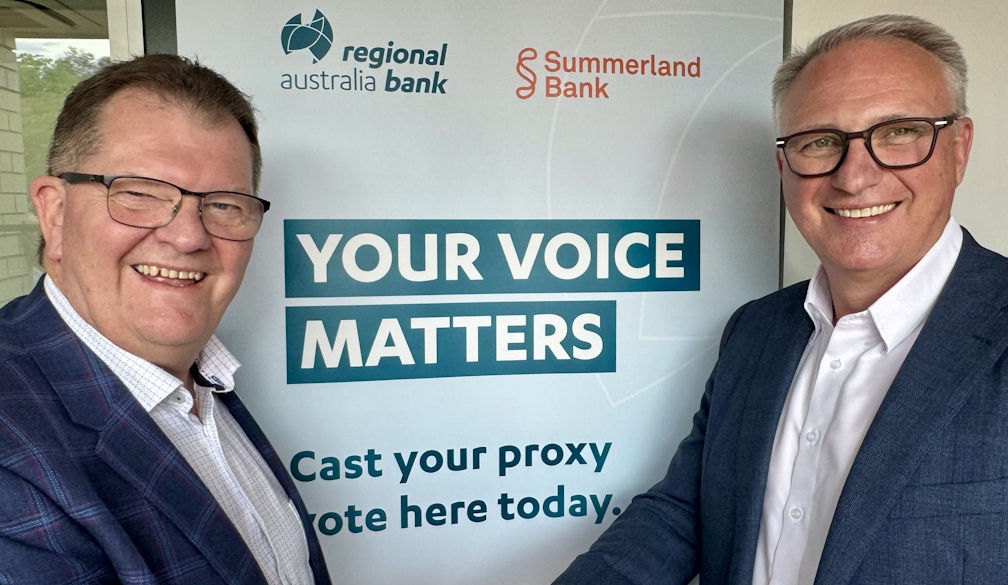Why family violence leave should be paid
- Written by Kate Farhall, Postdoctoral research fellow, RMIT University
Five days unpaid family violence leave is a significant improvement[1] over no guaranteed leave at all. But research shows that finances and domestic violence are inextricably linked.
Access to a steady income can mitigate the effects of violence and provide avenues out of abuse. Paid family violence leave is one tool to achieve this.
Read more: Infographic: A snapshot of domestic violence in Australia[2]
Research shows leaving an abusive relationship can be costly[3]. This includes[4] the cost of relocation (such as breaking a lease or finding alternative housing), medical and counselling bills, increased transportation costs due to moving house or loss of access to a car, as well as lost earnings – among other financial burdens.
The Australian Council of Trade Unions places the total figure at around A$18,000[5].
Given this, financial hardship can bind women to abusive relationships. As such, the economic backing that ongoing employment supplies can be a critical factor[6] in supporting women to leave abusive relationships. Continued employment can also serve to psychologically bolster victims.
Family violence can significantly impact lifetime earnings. This has flow-on effects for victims’ ability to live safe and healthy lives.
In Australia, approximately two-thirds[7] of women experiencing domestic violence are in paid employment.
Research shows a significant correlation between the experience of domestic violence and reduced lifetime earnings. Some studies in the United States show a 25% loss in income[8] associated with abuse.
Victims of domestic violence also experience higher rates of part-time and casual work[9], lower retirement savings[10] and a lack of job stability[11]. Many lose their jobs as a direct result of violence.
The effects of violence are not only felt while the abuse is ongoing, but can reverberate for at least afurther three years[12] after the violence has stopped.
This also has substantial consequences for career progression and therefore potential future earnings.
Read more: Paid domestic violence leave: how do other countries do it?[13]
Victims of domestic violence are also more likely to experience food insecurity[14], to struggle to find affordable housing[15] and cover the basic essentials like utility bills[16].
Domestic violence victims are also more likely to experience anxiety[17] over their ability to support their children, even as compared to others on a low income. In fact, all of this is intensified for low-income women[18].
As Adrienne Adams and her colleagues[19] explain, “whether it is a few hours out of a day, a few days out of a week, or a few months out of the year, missed employment opportunities translate into lost income”.
Providing paid family violence leave means we’re not asking victims to choose between forgoing necessary support for the sake of financial security.
It also means that victims may be better able to weather the storm of domestic and family violence and may be more productive at work[20] (although more research is required to assess this).
Providing family violence leave – and ensuring that it is paid – is a fundamental aspect of workplace support for victims.
Research also shows a symbiotic relationship between financial stress and rates of domestic violence. What people think about their own economic insecurity is closely associated[21] with higher rates of domestic violence, according to one comprehensive study in the United States.
By failing to provide family violence leave we risk re-entrenching existing forms of disadvantage and failing to address a potential contributing factor to the persistent gender pay gap[22] in this country.
Read more: Out of the shadows: the rise of domestic violence in Australia[23]
Paid domestic and family violence leave only represents one aspect of a comprehensive response[24] that workplaces can provide, yet it is a substantial one.
The argument that paid domestic violence leave will negatively impact employers fails to take into account actual patterns of usage[25], so the potential benefits seem to far outweigh the costs.
References
- ^ significant improvement (www.theguardian.com)
- ^ Infographic: A snapshot of domestic violence in Australia (theconversation.com)
- ^ be costly (www.dpac.tas.gov.au)
- ^ This includes (journals.sagepub.com)
- ^ at around A$18,000 (www.sbs.com.au)
- ^ a critical factor (uknowledge.uky.edu)
- ^ two-thirds (www.wgea.gov.au)
- ^ 25% loss in income (www.emeraldinsight.com)
- ^ higher rates of part-time and casual work (www.wgea.gov.au)
- ^ retirement savings (csd.wustl.edu)
- ^ a lack of job stability (journals.sagepub.com)
- ^ further three years (journals.sagepub.com)
- ^ Paid domestic violence leave: how do other countries do it? (theconversation.com)
- ^ food insecurity (www.tandfonline.com)
- ^ struggle to find affordable housing (journals.sagepub.com)
- ^ basic essentials like utility bills (journals.sagepub.com)
- ^ experience anxiety (journals.sagepub.com)
- ^ intensified for low-income women (journals.sagepub.com)
- ^ Adrienne Adams and her colleagues (journals.sagepub.com)
- ^ may be more productive at work (d3n8a8pro7vhmx.cloudfront.net)
- ^ closely associated (www.ncjrs.gov)
- ^ persistent gender pay gap (www.wgea.gov.au)
- ^ Out of the shadows: the rise of domestic violence in Australia (theconversation.com)
- ^ one aspect of a comprehensive response (theconversation.com)
- ^ fails to take into account actual patterns of usage (d3n8a8pro7vhmx.cloudfront.net)
Authors: Kate Farhall, Postdoctoral research fellow, RMIT University
Read more http://theconversation.com/why-family-violence-leave-should-be-paid-94113







